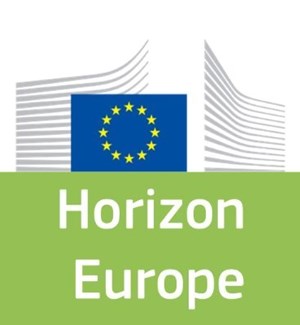Microplastics are widespread in freshwater ecosystems, such as rivers, where they host pathogenic bacteria and act as vectors of disease transmission. To address the problem, hydrodynamic models are applied. These deliver a powerful tool to detect high-risk microplastics and pathogen areas in rivers and can forecast the response to dynamic flow conditions. The EU-funded MICROPATH project will develop a pioneering hydrodynamic model that foresees the persistence of microplastics and pathogens. The project will perform field studies in the River Tame. Its aims are to accurately predict microplastic fate and persistence in lowland streams by measuring their spatial heterogeneity and pathogenic bacteria accumulation.
Want to analyze based on this project via our analysis tool? Analyze this project
Knowledge Gaps
Environmental fate and behavior of plastic
Environmental risk assessment (ERA)
Reference materials and standardization
Testing considerations-general
Monitoring and detection equipment
Publications




